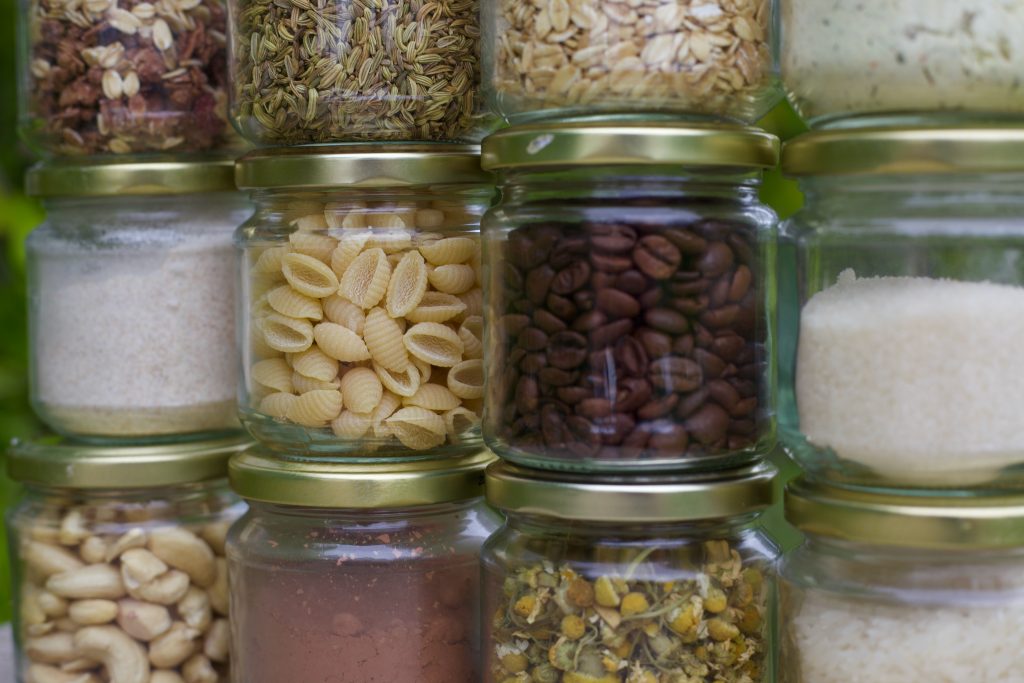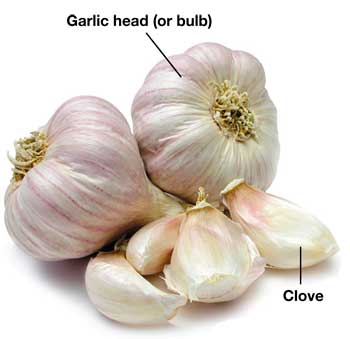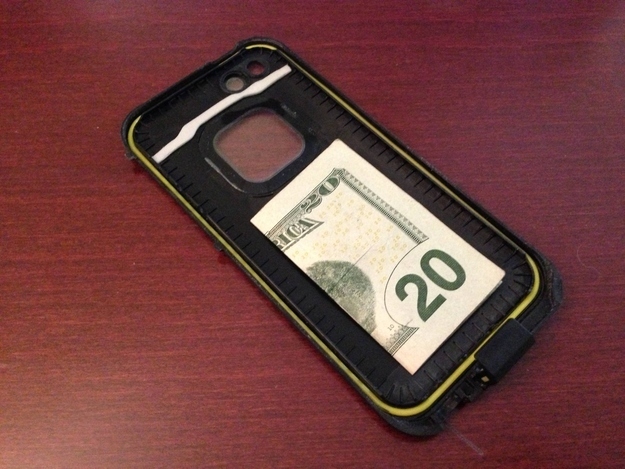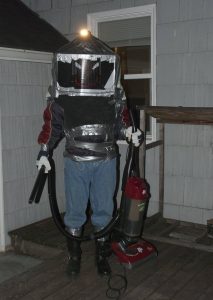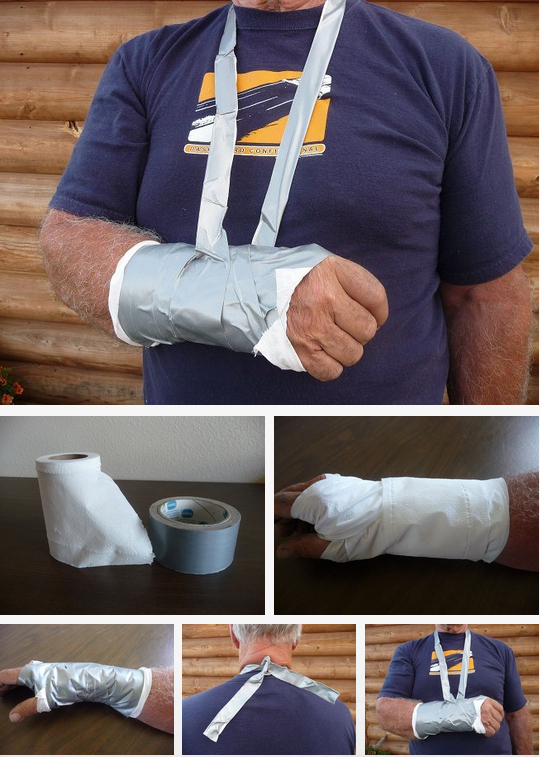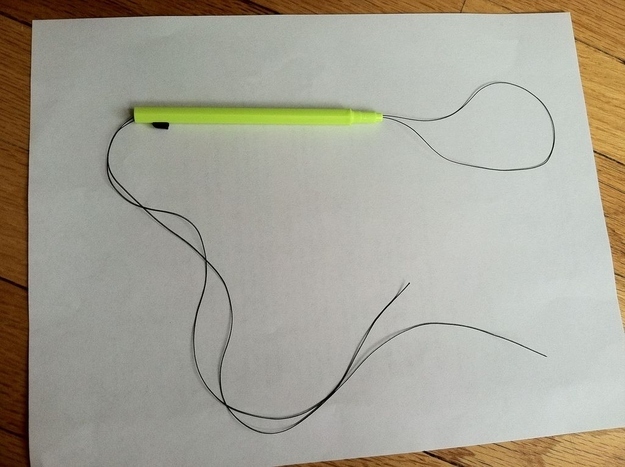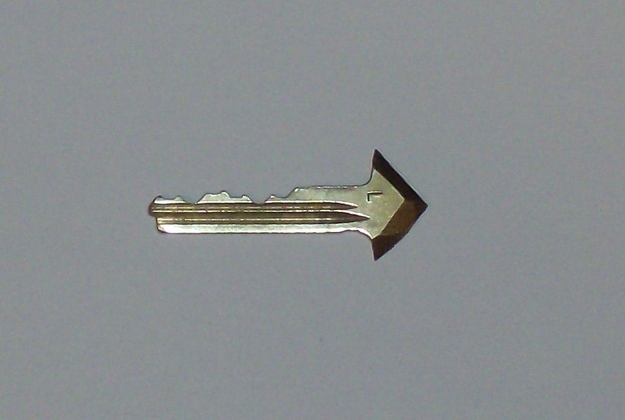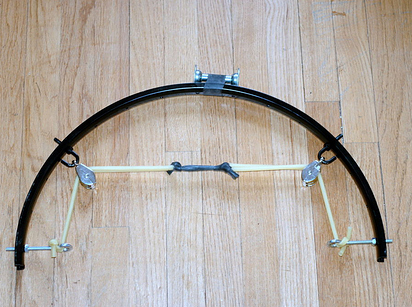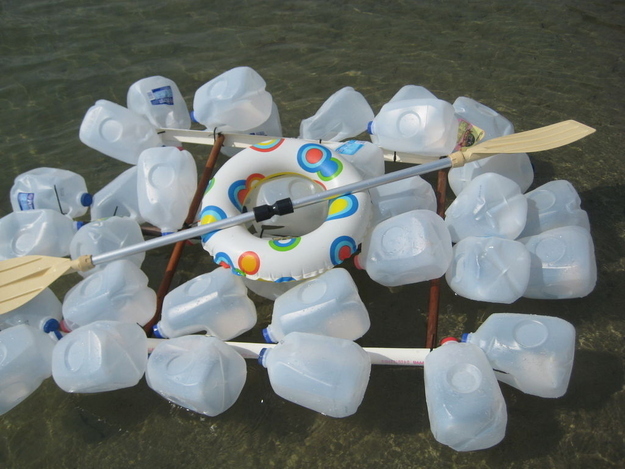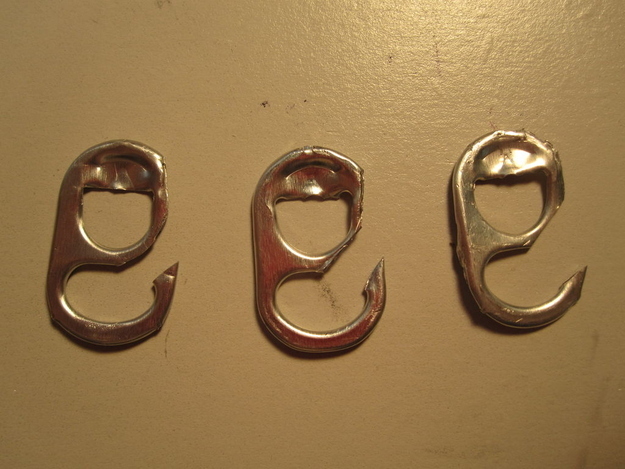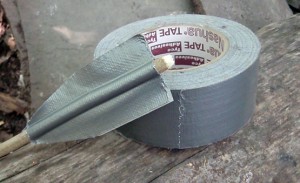Hey there, future butter-makers! Are you ready to embark on a kitchen adventure that will turn cream into creamy, dreamy butter? Today, we’re going to learn a super cool way to make butter using a mason jar. It’s like magic in the kitchen! So, grab your ingredients and let’s get started!

Ingredients:
- Heavy whipping cream (make sure it’s cold)
- A pinch of salt (optional)
- A mason jar with a tight-fitting lid
Step 1: Pour the Cream
Start by pouring some cold heavy whipping cream into the mason jar. Fill it about halfway – you don’t want to overfill, or the magic won’t happen!
Step 2: Shake It Up!
Now comes the fun part. Secure the lid tightly on the mason jar and shake it like you’re dancing to your favorite tunes. Shake, shake, shake! This is where the magic begins. As you shake, the cream inside the jar will start to thicken and change.
Step 3: Keep Shaking
Don’t stop shaking! It might take a little while, but keep at it. You’ll notice the cream becoming thicker and grainier. That’s the butter forming. If you want, you can take turns shaking with a friend or family member – it’s a great workout for your arms!
Step 4: Check the Butter
After a bit of time and enthusiastic shaking, take a peek inside the jar. You should see two things: a liquid (that’s buttermilk) and solid clumps (that’s your butter). Hooray! But we’re not done yet.
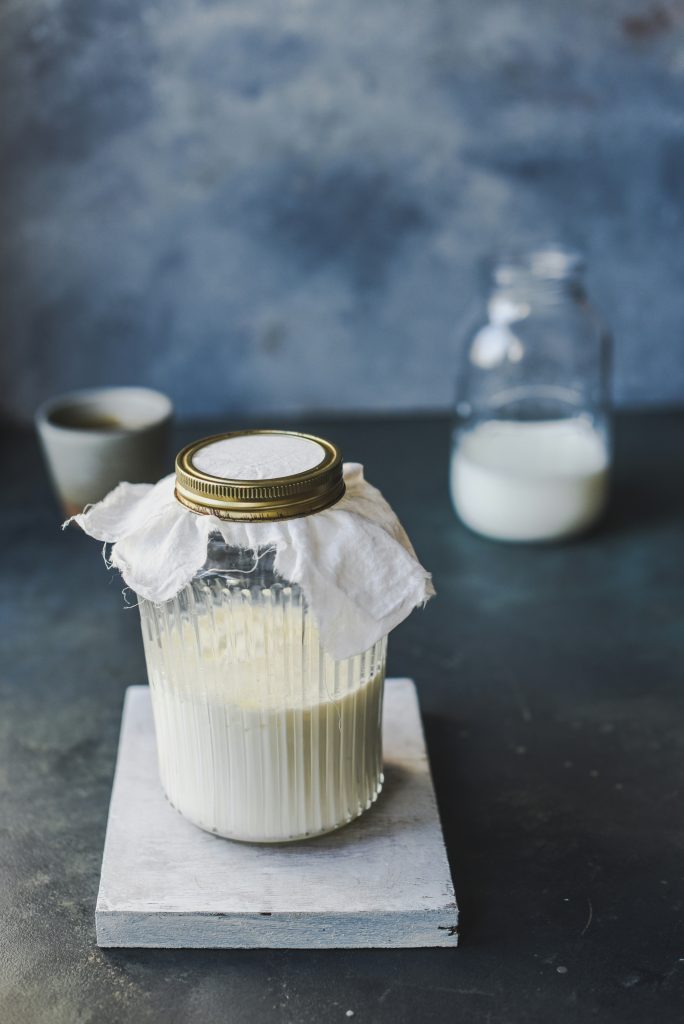
Step 5: Drain the Buttermilk
Carefully pour out the buttermilk. You can use a strainer or simply tilt the jar while keeping the lid on to keep the butter inside. Save the buttermilk for pancakes or other recipes – waste not, want not!
Step 6: Rinse the Butter
Add some cold water to the jar and shake it again. This helps rinse off any remaining buttermilk. Pour out the water and repeat until the water is clear. Your butter will taste better without the extra buttermilk.
Step 7: Add a Pinch of Salt (Optional)
For extra flavor, you can add a pinch of salt to your butter. Give it a gentle stir with a spoon, and you’re ready to spread it on toast, crackers, or whatever you like!
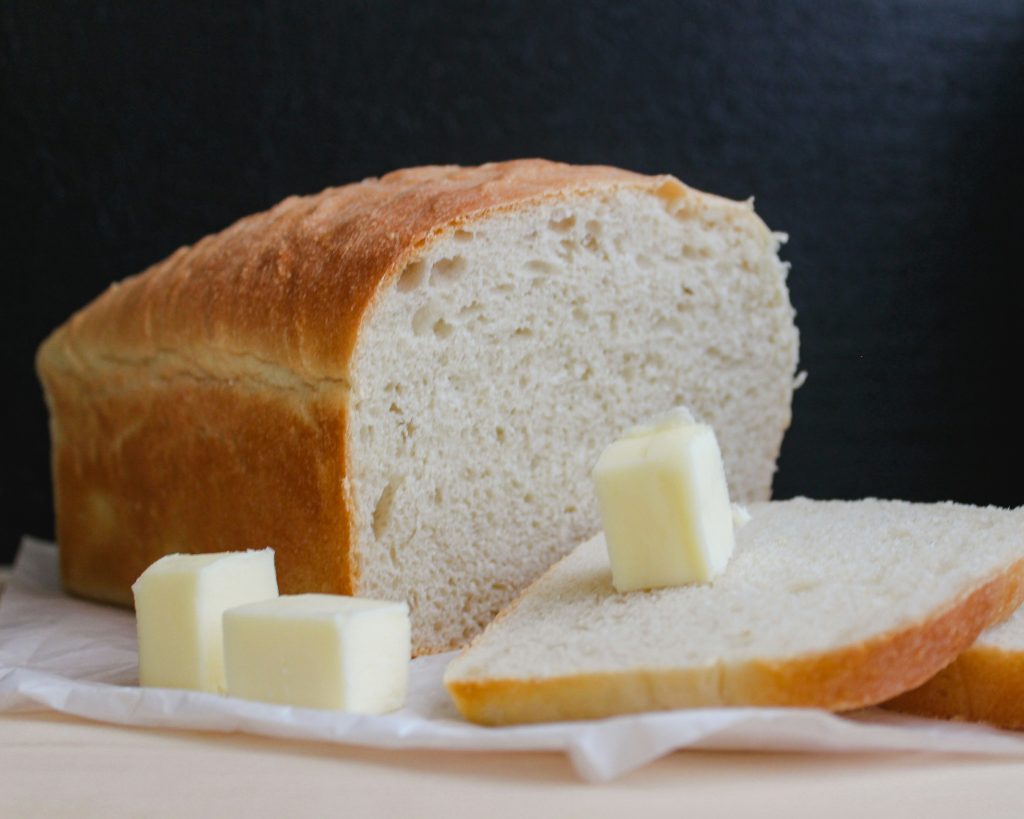
Congratulations, survival chefs! You’ve just made your very own butter using a mason jar. It’s a fun and tasty kitchen experiment that proves cooking can be both educational and delicious. So next time you’re in the mood for a kitchen adventure, grab a jar, some cream, and get shaking! Enjoy your homemade butter, and happy cooking!

